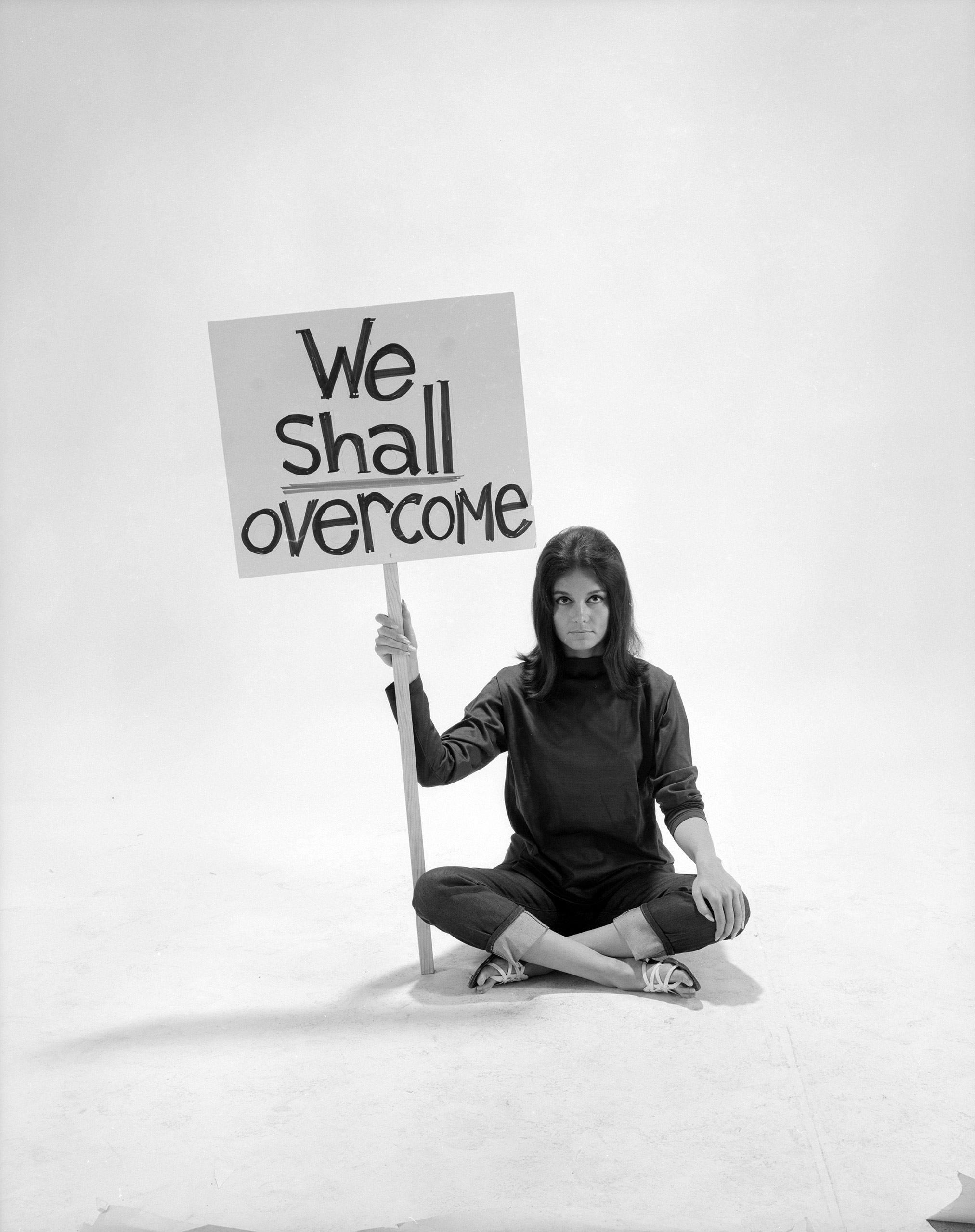
Today, Gloria Steinem is a feminist icon whose imprimatur can bestow the highest level of progressive cred.
So, as Women’s History Month begins, it’s worth remembering that Steinem’s own history in the public eye began with her career as a journalist — which included the early moment when she showed, for the 1965 LIFE magazine story for which these photos were taken, that she could bestow her seal of approval on all kinds of things.
The lengthy article, which ran in the Aug. 20 issue that year, was a primer on Pop Culture—capital P, capital C. Steinem’s definition of the term fastened it to “anything currently in fashion, all or most of whose ingredients are familiar to the public-at-large.” In other words, you might not know how to do the latest dance, but if it’s pop you’ll still be able to recognize the refraction of the zeitgeist.
“A thing is either widely recognizable or it isn’t,” she wrote, “and whether it is good or bad needn’t be held against it.”
At the time, Steinem was only a few years into her career as a big-name writer, having gotten a jump start in 1963 with a story for Show magazine in which she went undercover as a Playboy bunny. (She would later say that she regretted the assignment at the time, as it led editors away from thinking of her as a serious writer.) Prior to that, after graduating from Smith in 1956, she had to India for two years and worked in Massachusetts for “a group encouraging American students to attend Communist youth festivals abroad” — which was later revealed to be connected to the CIA. And yet, though she had only burst on the magazine scene not long before, by the time this article ran in LIFE her byline had appeared in a wide range of outlets — and, as TIME noted that same summer, Steinem, then 30, was the most successful example of an experiment by Glamour magazine in which the journalists also served as models.
She did the same here, posing as figures in the board game of pop culture — though, as she noted, pop was no game.
It was serious business, and with typical incisiveness she explained how what might seem to be frivolous stuff was really a sign of major generational shifts taking place in the United States. For example, whereas American culture had once trickled down from on high, it had become the case during the period of postwar prosperity that many of the most obvious markers of that culture (clothing or golf, for example) could be afforded by wide swathes of the population. When money ceased to be a prerequisite for mainstream cool, it was possible for cool to come up from the bottom instead. “The proliferation of money and the collapse of the old caste system automatically downgraded those who had little but cash and ancestors to offer,” as Steinem put it.
Better sources of cool included African-American culture, camp culture, teenage culture and British culture.
What exactly that translated to, however, was more complicated. The full list is worth reading, but even just the highlights are pricelessly spot-on. The Twist was out; the Frug was on the way out; the Jerk was on the way in — but only because the Twist had cleared a path for new dances to come and go quickly. “Jive” had stopped referring to jazz; it now meant “phony.” The Rolling Stones were in; the Beatles were already on the way to becoming Classic Pop rather than of-the-moment. The New Yorker and Disneyland had both been pop from the beginning and always would be. Meanwhile, football was so out it was back in.
Few could say what would be next, but Steinem expressed a fear that will likely resonate with 2017’s pop connoisseurs too: Was the cycle of in-ness and out-ness speeding up so much that it was becoming impossible to keep up? Her best tip for the overwhelmed was just to find a “tolerant teenager” to act as a source.
“In your new state of irreproachable In-ness, anything you do is In,” she concluded. “Which leaves you with just one rule to remember: to be Pop Culture, it’s got to be Fun.”
As for Steinem herself, a TIME profile explained that she had become “a quiet celebrity in her own right.” By 1971, she had helped launch Ms. magazine and was one of feminism’s most recognizable faces — a place she continues to hold. She may have had her finger on the pop pulse, but her In-ness has proved anything but passing.


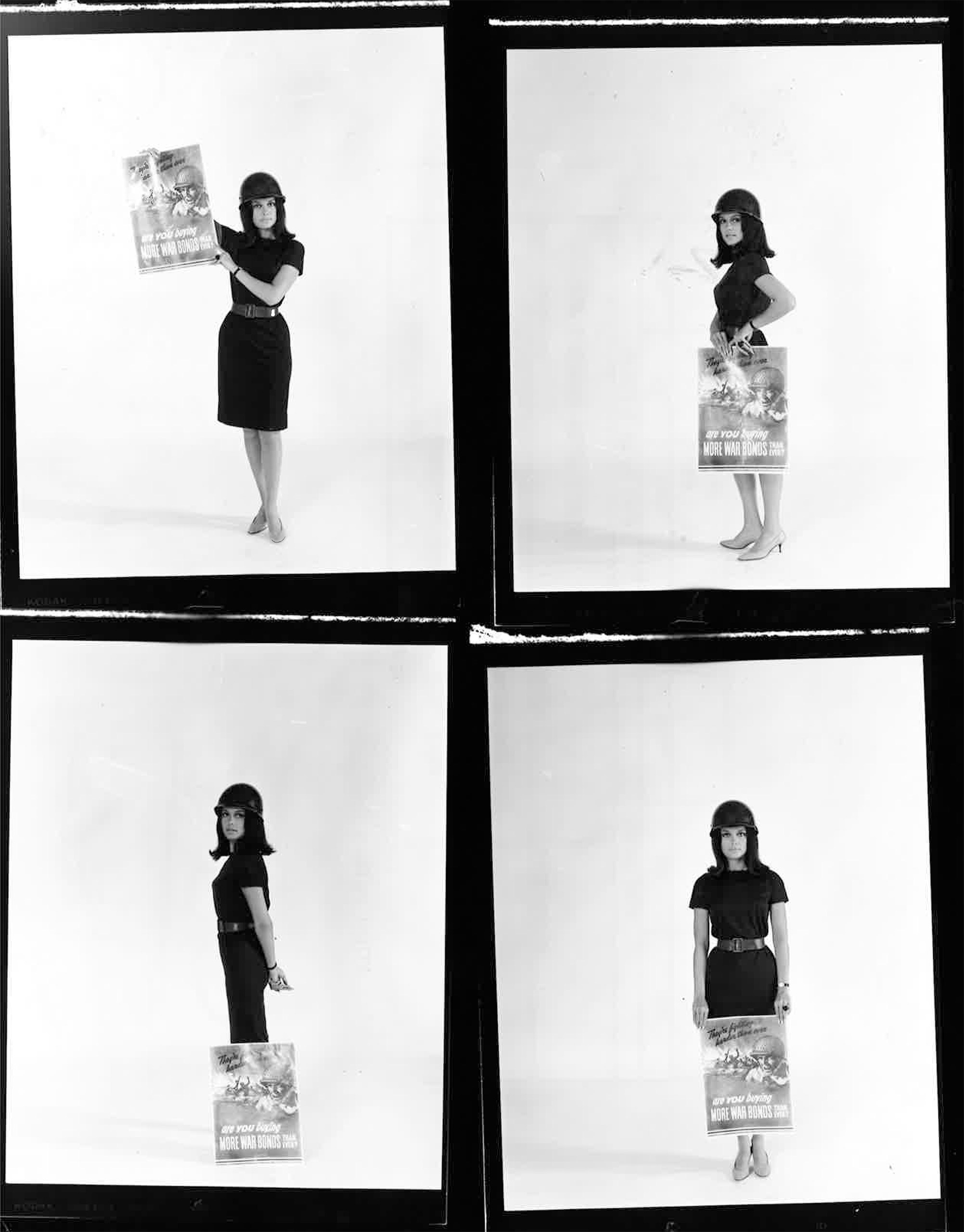
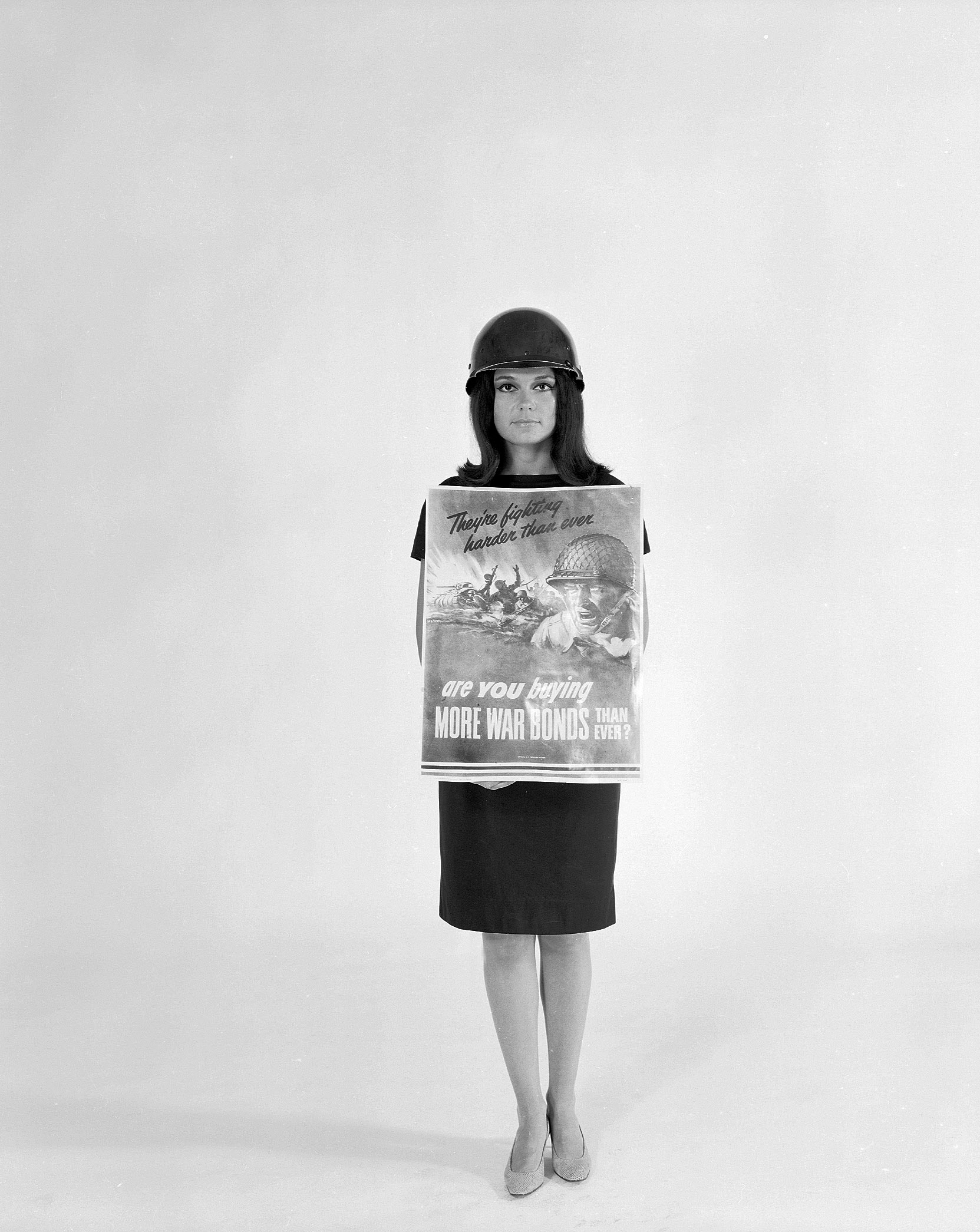

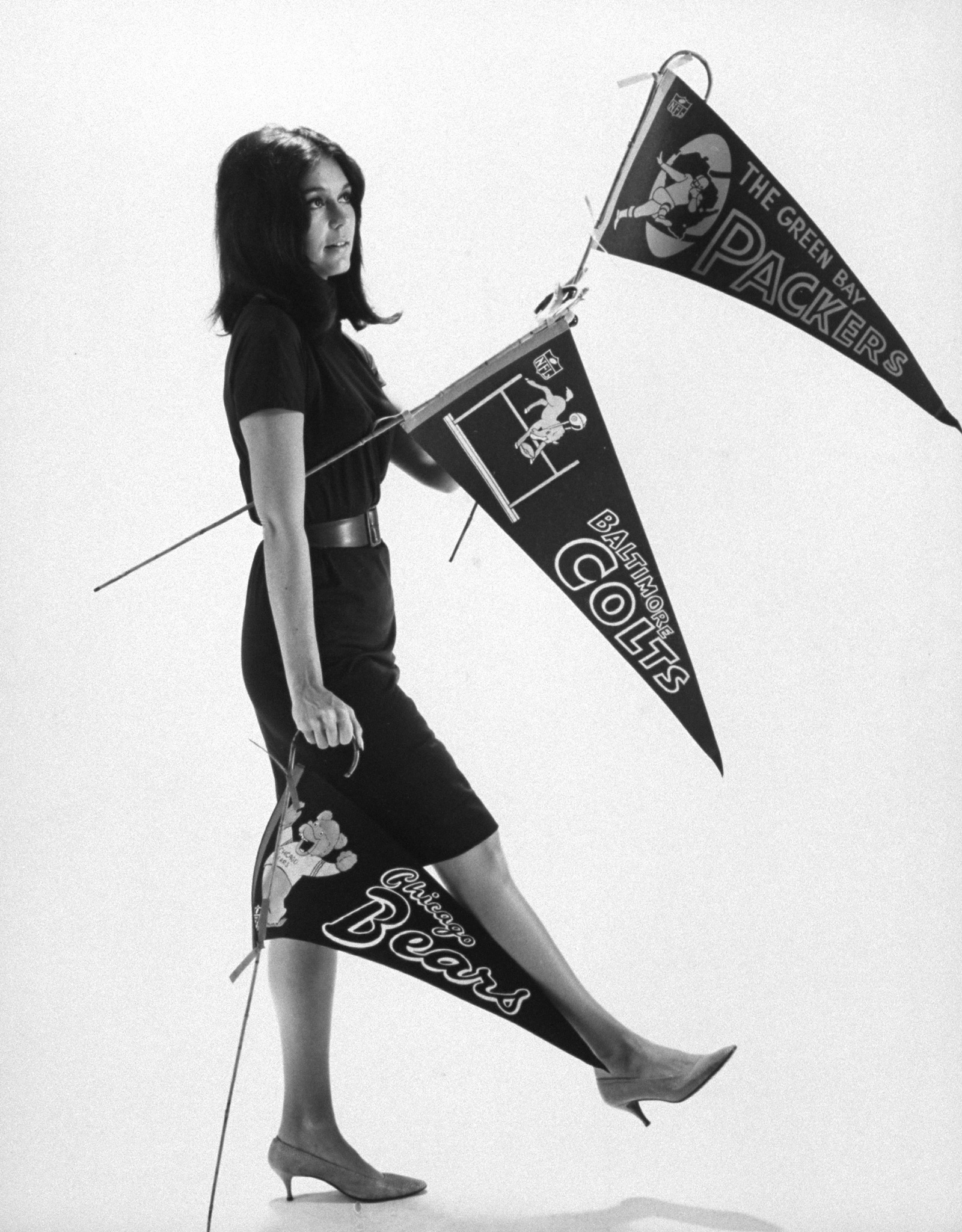

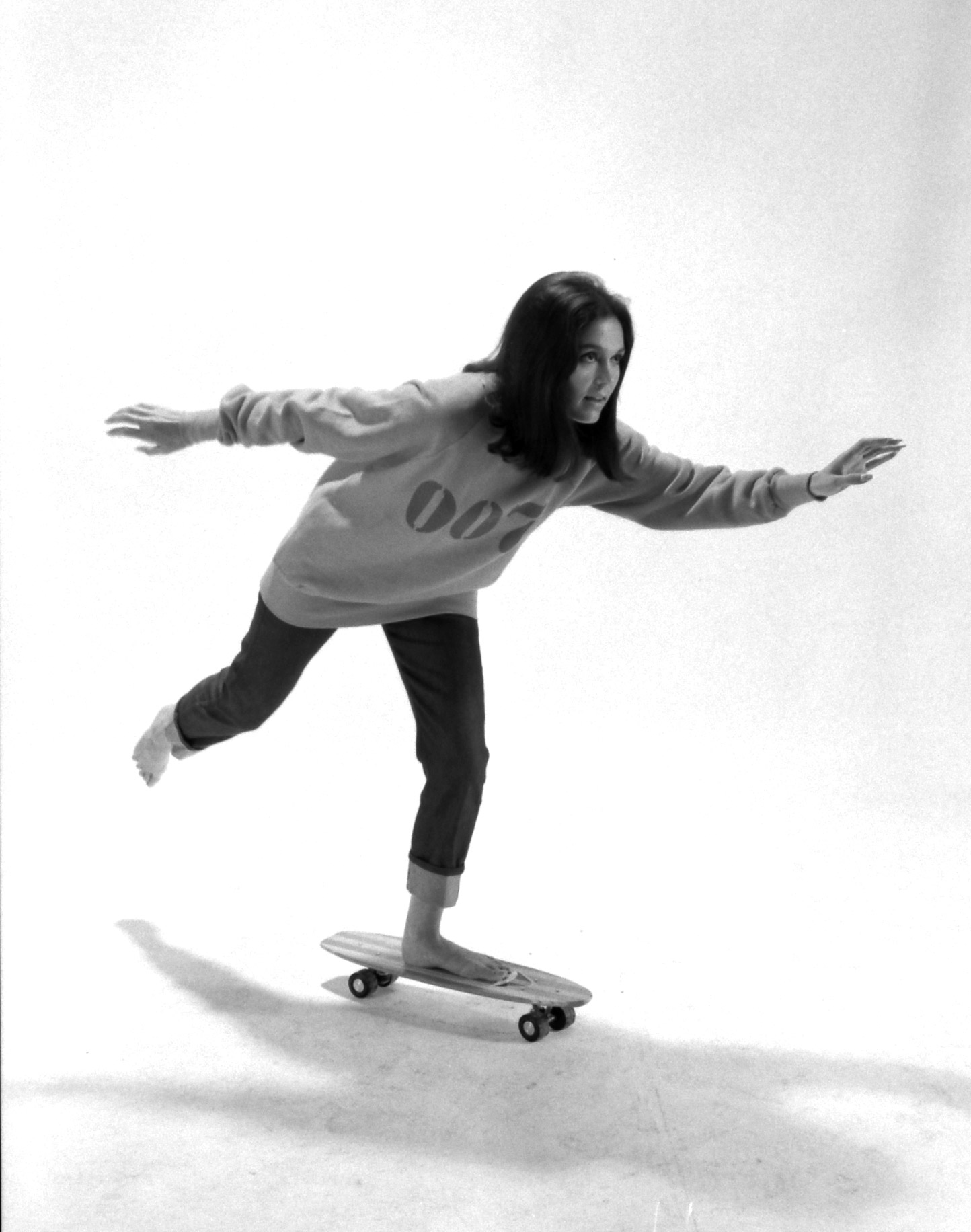

More Must-Reads From TIME
- The 100 Most Influential People of 2024
- Coco Gauff Is Playing for Herself Now
- Scenes From Pro-Palestinian Encampments Across U.S. Universities
- 6 Compliments That Land Every Time
- If You're Dating Right Now , You're Brave: Column
- The AI That Could Heal a Divided Internet
- Fallout Is a Brilliant Model for the Future of Video Game Adaptations
- Want Weekly Recs on What to Watch, Read, and More? Sign Up for Worth Your Time
Write to Lily Rothman at lily.rothman@time.com